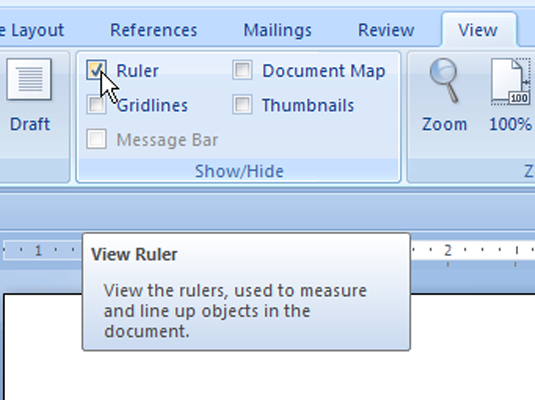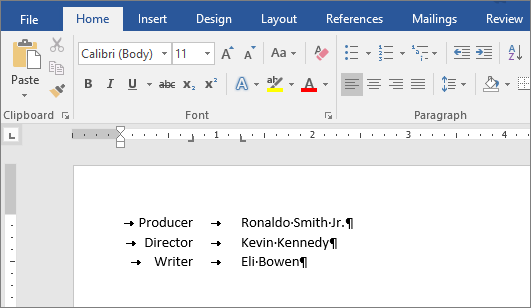

Pressing Ctrl + Tab, Word positions the cursor at that tab stop within the cell. Pressing the tab key in a table, Word positions the cursor in the next cell.
Click the horizontal ruler where you want to set the tab stop. (When you use this type of tab stop, you must align the numbers around a decimal character.Ī Bar Tab places a solid vertical line through selected text. Without regard to the number of digits, the decimal point remains in the same position. As you type, the text fills toward the leftĪ Decimal Tab stop aligns numbers around a decimal point. As you type, the text centres on this position.Ī Right Tab stop sets the right end of the text line. As you type, the text fills toward the right.Ī Centre Tab stop sets the position at the middle of the text line. Select one of the following types of tabs:Ī Left tab stop sets the left end of the text line. Click Left Tab at the left end of the horizontal ruler until it changes to display the type of tab you want. Select the cells in which you want to set a tab stop. Now click anywhere at the bottom edge of the ruler to set where you want the tab. Click it and you will be able to select the type of tab you want. It should be exactly on the left side of the ruler. When you set a tab stop in a document, a corresponding tab stop marker appears on the horizontal ruler at the top of the window. At the top-left corner of the document, you can see the tab selector. To specify other tab locations, you can set your own tab stops. It is better to set the tabs in the table before entering any data but if your text is already entered, then the procedure is the same.īy default, tab stops in Word are set at 1.27cm intervals. if you press the tab key again moves (another 3cms) 6 cm distance from the left margin and inserts vertical line at the tab position as you set it.You can align entries in a table by setting tab stops. Now if you press the “ Tab” key on the keyboard, the insertion point moves 3 cm distance from the left margin and inserts a vertical line at the tab position. If you observe the ruler of the word document, 3 and 6 numbers marked with bar tab. Lastly, click “ Set“, then click OK to set the tab stop. Again type 6 in the tab stop position box and select the same. Select one of the “ Bar” tabs stop you want under “ Alignment” and click “ Set“. For example, to set 3 and 6 cm tab stops, type 3 in the tab stop position box. Advertisements Type the number (the number you enter in the tab stop position box will be measured in centimeters) between 1 and 15. You may use it for inserting vertical lines between multiple columns. Select one of the “ Leaders” (for different straight lines before or after the text), then click “ Set“.Ī bar tab stop doesn’t align text, instead, it inserts a vertical line at the bar tab position. Select one of the tab stops ( Left, Center, and Right) you want under “ Alignment“. 
After opening the tab stops dialogue box, in the “ Tabs” dialogue box, type the number (the number you enter in the tab stop position box will be measured in centimeters) between 1 and 15.You can set it manually to suit your need. The default left tab space between the tabs you press every time is 1/2 inch.

Advertisements Setting Left, Center, and Right Tabs: Hanging Indent is used to indent all except first line of a paragraph. First Line Indent:įirst line Indent is used to indent the first line of a paragraph. Bar Tab:īar Tab is used to insert a vertical line/bar. Decimal Tab:ĭecimal Tab is used to align numbers at the decimal points. Right Tab is used to align text to the right of the tab stop. 2.Center Tab:Ĭenter Tab is used to align text to the center of a document. Left Tab is used to align text to the left of the tab stop position. These are First Line Indent and Hanging Indent.

And if you include indention, it becomes 7. These are Left tab, Center Tab, Right Tab, Decimal Tab and Bar Tab. Tabs Dialogue Box in Word Types of Tab Stops:








 0 kommentar(er)
0 kommentar(er)
